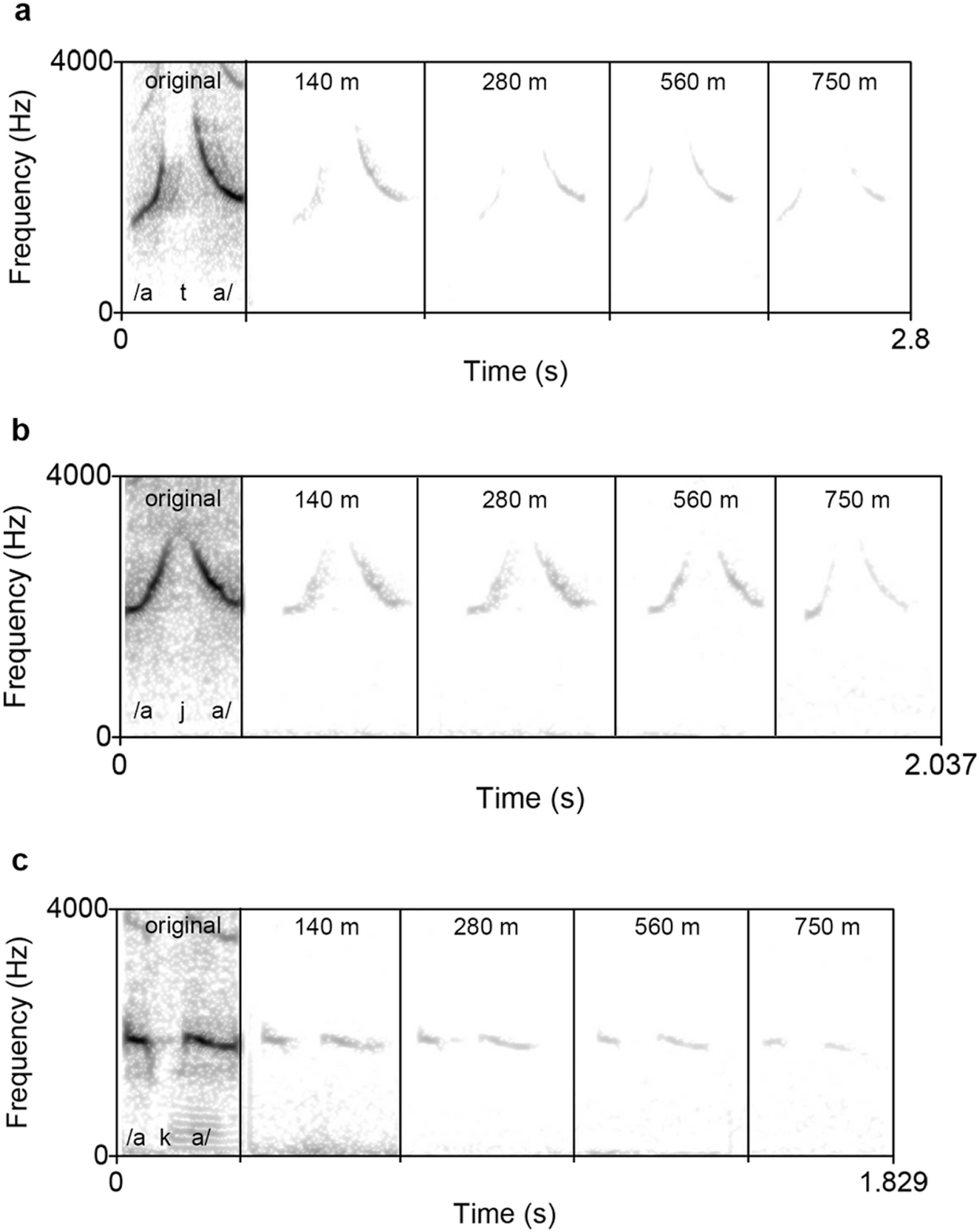

Profound developments in terms of scale, diversity of digital media and prosumerism (García-Galera & Valdivia, 2014 Madianou, 2011) in the last decade have resulted in vast monitoring of movement, migratory or otherwise. 3), with their distinct affordances, impact on how migration is currently understood via a focus on connectivity and presence. “he transformed epistolary base and the communication infrastructure of the migrant experience” (Hedge 2016, p. On the other, they enable migrants - both voluntary and forced - to connect (dis)affectively, manage kinship and other relationships (Cabalquinto, 2018 Madianou, 2012 Prieto-Blanco, 2016), participate in collective processes (Siapera & Veikou, 2013 Martínez Martínez, 2017 Özdemir, Mutluer & Özyürek, 2019), establish a sense of belonging (Yue, Li, Jin, & Feldman, 2013 Budarick, 2015 Gencel-Bek & Prieto-Blanco, 2020), and move money across borders (Aker, 2018 Batista & Narciso, 2013).

On the one hand, these technologies are used to reproduce and (forcefully) enforce top-down control by (state) authorities. 247), the implications of the rise of ubiquitous and pervasive technologies (software and hardware) for the migration experience can be grouped in two sets of media practices. As Leurs and Prabhakar highlight (2018, p. While migrants have been outlined as digital natives, early adopters and heavy users of digital technologies (Ponzanesi & Leurs, 2014) the intersection of ICT (Information and Communications Technology) and migration is still under-researched (Oiarzabal & Reips 2012), Madianou’s (2011) work being a notable exception.



 0 kommentar(er)
0 kommentar(er)
